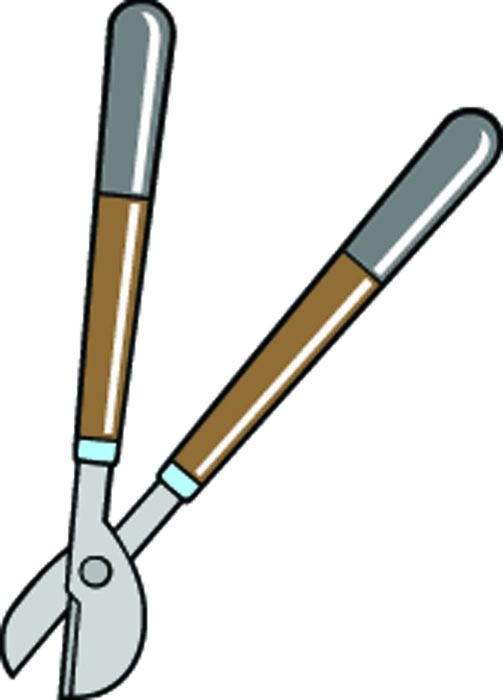Now is the time to prune crape myrtles
Published 4:10 pm Wednesday, February 10, 2016

- Making cuts at the point where the branches are the diameter of a pencil will allow the crape myrtle to maintain its natural growth habit.
During the winter, when crape myrtles are dormant, is the time to prune them. This is because they flower on new growth in the summer. There are a few approaches to pruning crape myrtles.
1. Make cuts to the main stem at roughly shoulder or head height. This falls under the term “crape murder.” The trend in pruning crape myrtles is to “lop off the tops.” The result is a tree that appears like an upside down broom. Multiple branches will sprout from the stems at the cuts. These branches are then cut back at just above the original cut. Critics will say that this is unnatural looking. While this may be true, this type of crape myrtle pruning, called “pollarding,” is so common that it seems normal. The advantages of this method are that it is relatively fast and easy, and it can be used to control the size of the plant.
The problem with controlling the crape myrtle’s height is some varieties grow taller than others. If a smaller tree is desired, then we need to focus on proper tree selection for that site.
2. Make cuts at points on the branches where the branches are the diameter of a pencil. Making cuts at the point where the branches are the diameter of a pencil will allow the crape myrtle to maintain its natural growth habit. This method is time consuming. It will not control the size of the plant, but as previously mentioned, size is controlled by variety selection, not pruning.
3. Pruning to a single stem. Crape myrtles are naturally multi-stemmed plants. They can be forced to be single-stemmed plants by removing all but a single stem. The plant will continue to send up new shoots that must be removed. This method seems to be a lot of trouble that does not yield very good results.
4. Cut crape myrtles back to ground level. If you do not like the form of your crape myrtle, you can cut it back to ground level and start over again. I see this often. Because of the already established root system, the plant will grow back to its original size within a few years.
5. Don’t prune at all. This is my favorite method, because it is less work! With this method, the plant grows naturally. It is little work, and the crape myrtle takes on a tree-like form. Blooms will generally be borne high in the tree. How often does less work yield greater results?
This time of the year, I get many questions about when to prune plants. The timing of pruning depends on when the plant flowers. If the plant flowers in the spring, we prune after flowering. These are plants like azaleas, dogwoods, and redbuds. Plants that flower in the spring are flowering from nodes produced on old wood. If they are pruned in the winter, the flower buds are removed. Plants that flower in the summer/fall should be pruned over winter. These plants flower from nodes on new growth.
Another good question is when does winter occur in Thomas County? Last season, we had three frosts in November. Though unusually cold, this was enough to put plants in dormancy. Pruning throughout winter months in 2014-2015 would have been OK since plants remained dormant.
This Christmas, however, most of us ran our air conditioning. What if we pruned this fall? Those plants would have produced new growth which would subsequently be injured by late season cold weather, such as now.
Our definition of fall/winter pruning is late February/early March. We want to prune just before spring growth begins. This is so new plant growth is not injured by cold weather.
For more information, call the Thomas County Extension Office at 225-4130.





